Take Control
On Cervical Spondylitis
With Ayurveda!
Ayurved se sambhav hai !
Consult with our expert doctors today.
Enter your details to book a personalized consultation.
What is Cervical Spondylitis?
Cervical spondylitis, also known as cervical spondylosis, refers to the age-related wear and tear of the cervical spine (neck) and the discs between the vertebrae. Over time, these changes can lead to discomfort, pain, and stiffness in the neck region. It often involves the degeneration of cartilage, bone, and intervertebral discs.
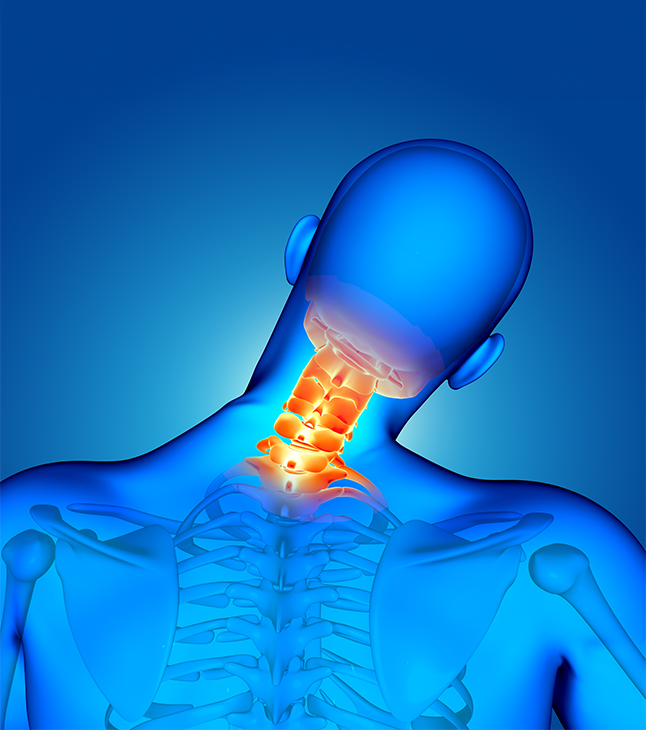
What Causes Cervical Spondylitis?
- Aging: The most common cause is the natural wear and tear of the vertebral discs and joints due to aging.
- Heredity: Genetic factors may play a role in predisposition to degeneration.
- Injury or Trauma: A previous neck injury can speed up the degeneration process.
- Repetitive Motion: Jobs or activities that involve long periods of looking down or overuse of the neck can increase risk.
- Poor Posture: Long-term bad posture while sitting or sleeping can contribute to cervical spondylitis.
- Lifestyle Factors: Obesity, smoking, and lack of physical activity can contribute to degenerative changes.
Symptoms Of Cervical Spondylitis?
- Neck pain: Persistent ache or stiffness in the neck.
- Headaches: Often occurring at the back of the head.
- Shoulder or arm pain: Radiating pain from the neck into the shoulders, arms, or hands.
- Numbness or tingling: In the arms or fingers.
- Weakness in the hands or arms: Difficulty with gripping or handling objects.
- Reduced range of motion: Difficulty turning the head.
- Dizziness: Sometimes associated with movement of the neck.
- Grinding sensation: A crunching or popping sound when turning the head.
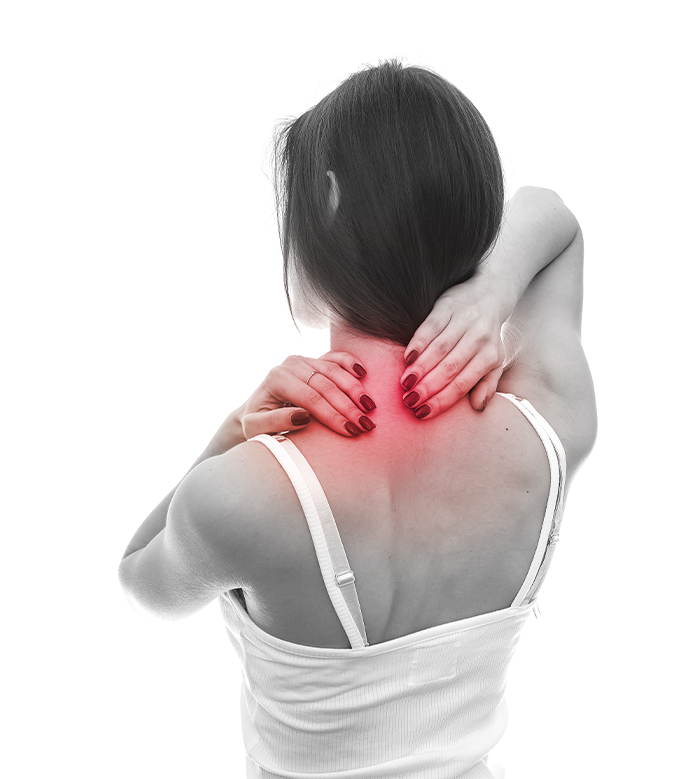
Types of Cervical Spondylitis
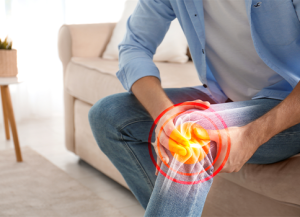
Cervical Osteoarthritis
It involves the degeneration of the cartilage in the neck joints, causing pain, stiffness, and reduced range of motion.

Cervical Disc Disease
Involves the intervertebral discs, which can bulge or rupture, causing pressure on the nerve roots.
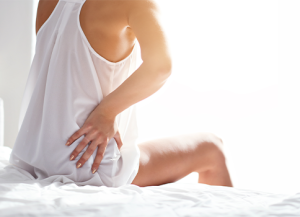
Cervical Myelopathy
A more severe form, where the spinal cord itself is compressed due to the degenerative changes in the cervical spine, leading to neurological symptoms like weakness, numbness, and difficulty walking.
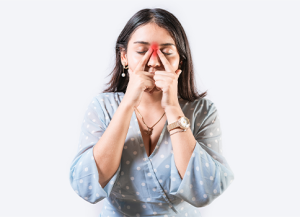
RA with Systemic Involvement
This type of RA is characterized by more widespread symptoms and may involve other parts of the body beyond the joints, such as the heart, lungs, skin, and eyes.
Ayurvedic Treatment for Cervical Spondylitis
Panchakarma Therapies
- Abhyanga (Oil Massage): Helps to increase circulation, reduce stiffness, and nourish the joints.
- Shirodhara: A calming therapy where warm oil is poured on the forehead to reduce stress and improve overall health.
- Swedana (Herbal Steam Bath): Helps to release toxins from the body and improve circulation.
- Basti (Medicated Enema): To balance the Vata dosha and relieve back and neck pain.
- Abhyanga (Oil Massage): Helps to reduce inflammation, improve circulation, and promote relaxation.
- Shirodhara (Oil Drip Therapy): Can help reduce stress and balance the nervous system, which is beneficial in autoimmune conditions like RA.
- Basti (Enema Therapy): Used to eliminate toxins and balance Vata dosha, which is often involved in autoimmune diseases.
- Virechana (Purgation Therapy): Helps to cleanse the body of toxins and reduce inflammation.
Ayurvedic Herbal Remedies
- Ashwagandha: An adaptogenic herb that helps relieve pain and inflammation.
- Guggulu: Known for its anti-inflammatory properties, especially for joint and bone health.
- Turmeric: Contains curcumin, which has anti-inflammatory and analgesic properties.
- Shallaki (Boswellia): Effective in treating joint pain and inflammation.

